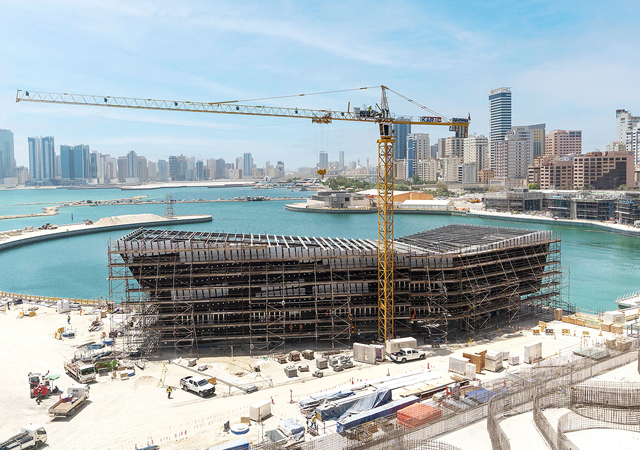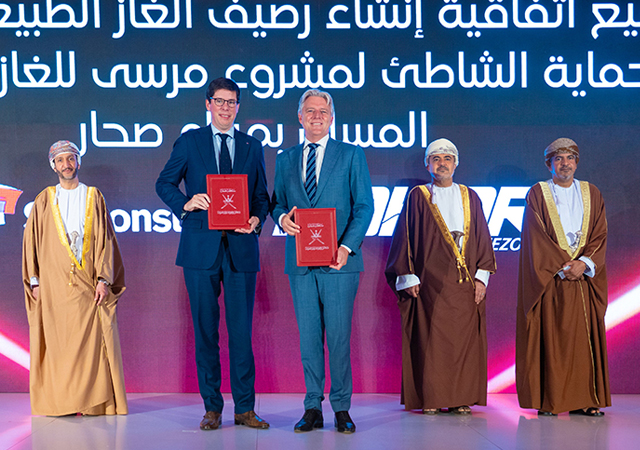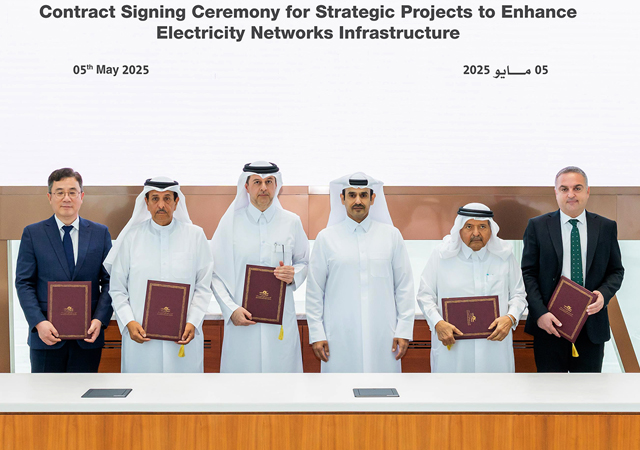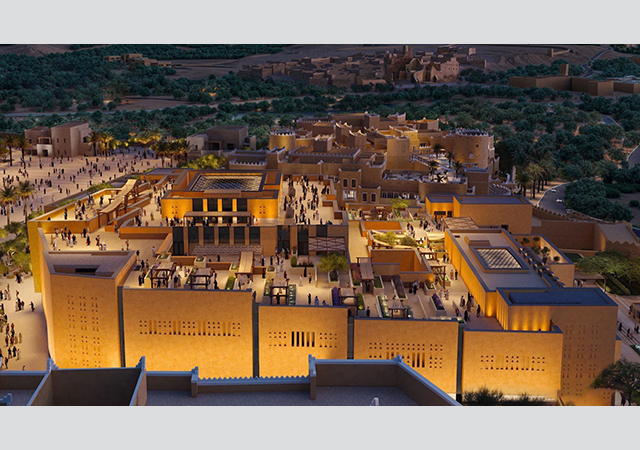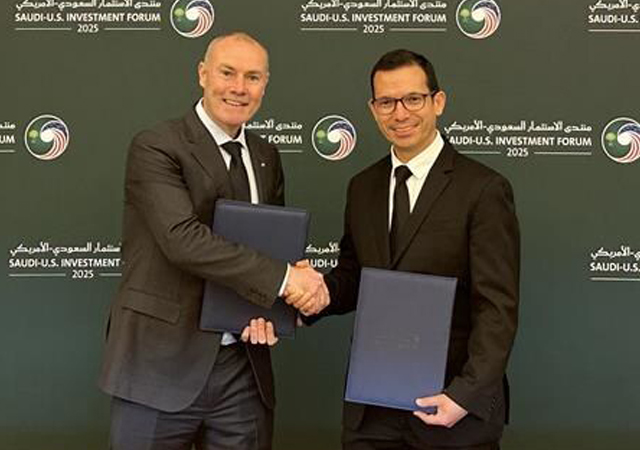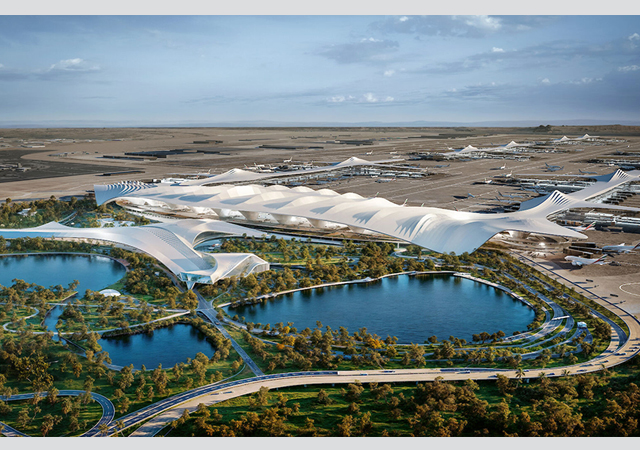
 Ashour ... multi-faceted strategy in place.
Ashour ... multi-faceted strategy in place.
Prior and Proper Planning Prevents Poor Performance, says Najeeb M Ashour, general manager of National Readymix Concrete (NRC Group).
The "six Ps" as Ashour refers to them are, for him, both a personal philosophy and the basis of the strategy he has used in the re-engineeering and the development of NRC to face the challenges of the readymix industry in the region.
"It is ironic that we are in a situation where there is a good supply of projects both on hand and in the pipeline, with demand and supply for readymix products evenly balanced and yet prices are falling in the marketplace," he says.
In his view, the industry is too short term in its outlook, fighting for contracts on a daily basis but not looking at the medium and long-term prospects for the market and planning over the longer term.
However, NRC is taking a different approach with comprehensive plans and a multi-faceted strategy to deal with the issues. The first part of the strategy, which is well under way, is to integrate all of the necessary resources and processes for a readymix company under a single management structure.
Thus, NRC owns quarries and aggregate crushers in Ajman and Fujairah and a fleet of 20 bulk aggregate trucks to transport raw materials from the crushers to the six batching plants located throughout the emirates. Its finished product is delivered to site via the NRC fleet of 75 mixer trucks and then pumped through the company's 15 concrete pumps.
Wherever possible, maintenance and metal fabrication for the plants and the fleet of vehicles is done in-house or by sister companies in the Lootah Group. This integrated approach brings many benefits.
Most importantly, from the customer's point of view, NRC can offer a complete service, including laboratory sampling, from a single source and inter-department cooperation ensures maximum flexibility in providing customer service solutions. From the company's point of view, it ensures a guaranteed source of raw material, prompt delivery to the batching plants and hence to site and allows NRC complete control of the quality of product delivered. Financially, it offers opportunities for cost savings at each stage of the process which helps to maintain the company's profitability in spite of lower prices in the market.
However, such an integrated system requires a sophisticated management control structure to draw all the different facets together under a master strategy and operational plan. The first part of the process is to re-engineer the company's management structure, the second is to establish automated intelligent control and information systems to monitor and control the processes for maximum efficiency.
To that end, NRC is introducing a sophisticated enterprise resource management software system. Ashour explains: "A readymix company's enterprise software must be able to perform all of the following:
However, Ashour's vision goes further in applying information technology to the readymix business at national, regional and international levels, particularly in the areas of quality control and quality assurance.
With construction booming, concrete supply contracts are involving large volumes of various mixture proportions to a diverse range of projects. Given this scenario, concurrent management of QA programmes has become a necessity and the internet has become an essential tool for managing the field and laboratory data generated by the concrete placement and sample tests for the analysis and generation of useful reports, he points out.
"Consequently, it will be logical that any client's or consultant's QA programme be implemented and posted on the web."
"Deploying information technology in the concrete industry is required to provide a more efficient means of storing and retrieving concrete materials property data and advances in information protocol, especially in the area of consensus data reporting standards.
"Such information exchange will also speed up the dissemination of research findings and concrete performance standards.
"World leading institutes in the computational materials science of concrete have already succeeded in developing computer integrated knowledge systems (CIKS), which are a synergistic combination of databases, models and computational tools for making high-performance concrete a usable, well understood and durable material.
"Models now available can handle the effects of different kinds of curing. However, there are some significant hindrances in the application of such models and systems. Most significantly, there is a requirement for a uniform quality standard specification based on local raw material sources and geotechnical studies to ensure the compliance of the relevant technical properties with international standards.
"This is particularly true for the UAE and other GCC states where the local environmental conditions are amongst the harshest in the world for concrete, with high humidity and soil salinity, extended sunlight and extreme temperature variations."
Ashour points out that within the UAE, there are contradictory and non-uniform specifications for different projects belonging to the different government and quasi-governmental entities. There are large variations in specifications between the different UAE emirates and even between different projects in the same emirate, despite the fact that the majority of concrete suppliers are dependent on the same aggregate and raw material sources across the UAE.
Ashour would like to see all the parties involved in the construction industry - contractors and suppliers, the regulatory authorities, standards and code bodies, academics, technical societies and building officials - work together to change imperfect standards and codes, eliminate the anomalies, remove unnecessarily restrictive regulations and establish a uniform set of codes for the UAE.
The first of these would be a National Standard of Specifications, the second a Structural Design Code and lastly, a General Code of Practice for all involved in the industry.








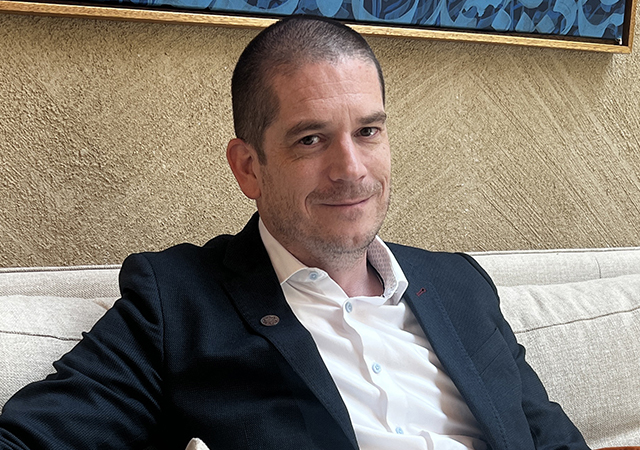


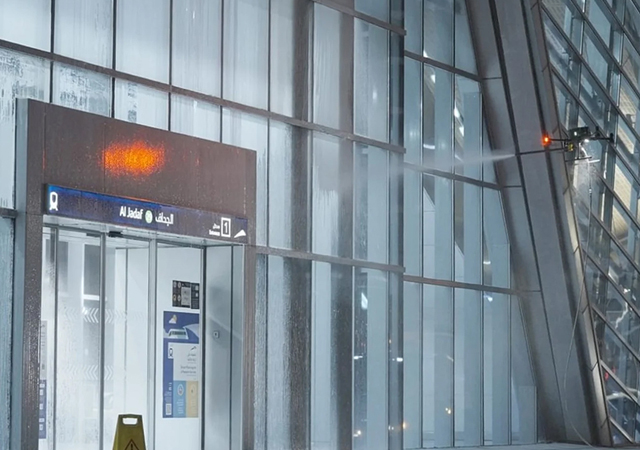
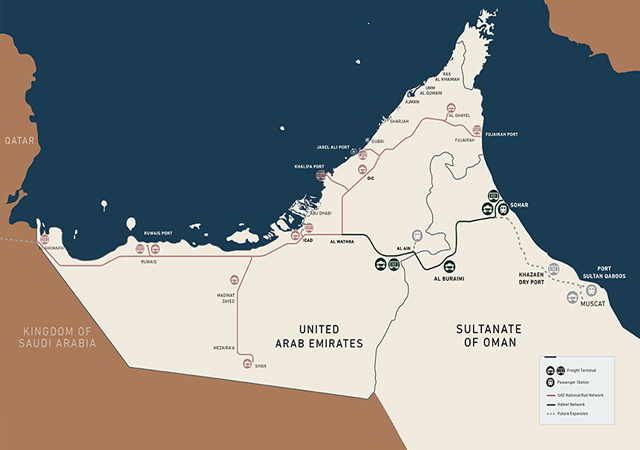
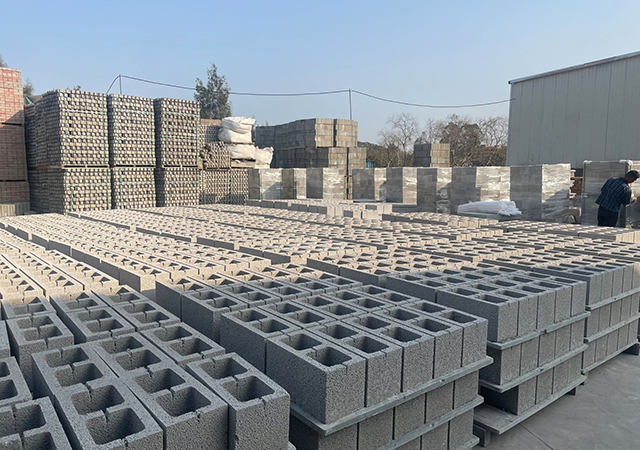


.jpg)
.jpg)
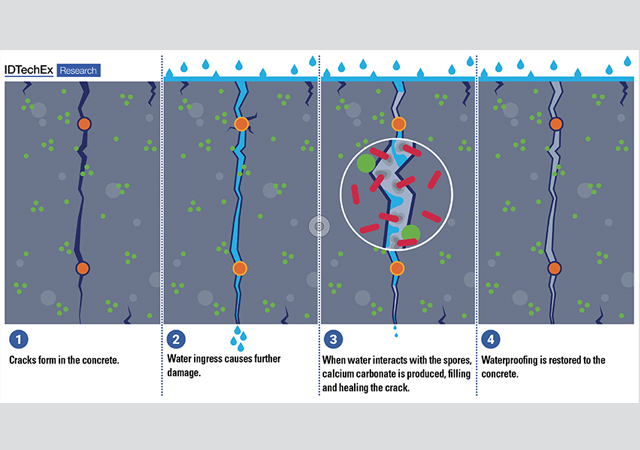
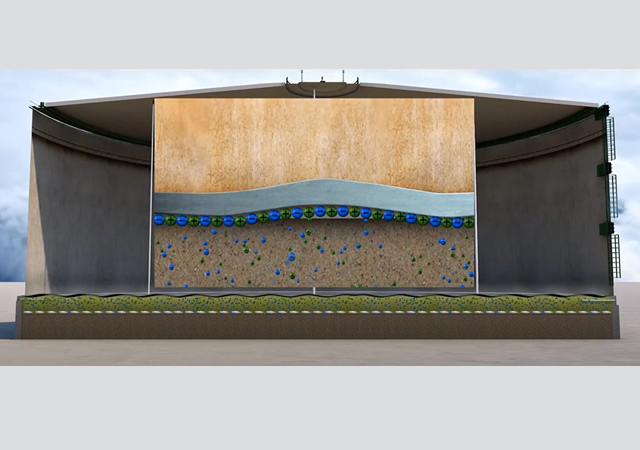
.jpg)
.jpg)
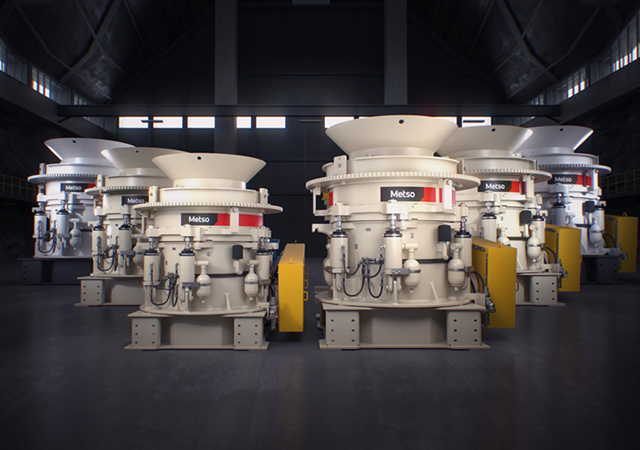
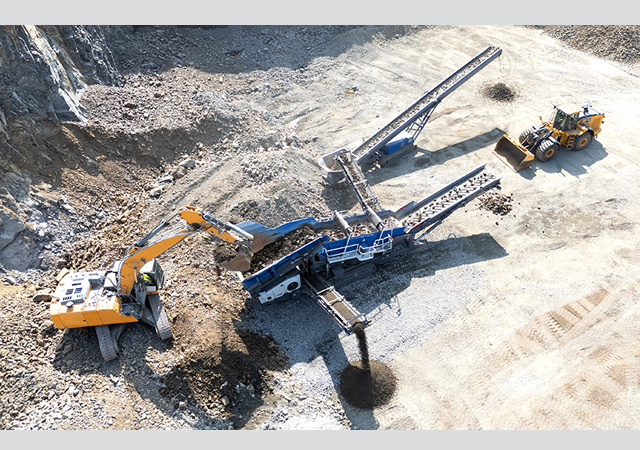
.jpg)
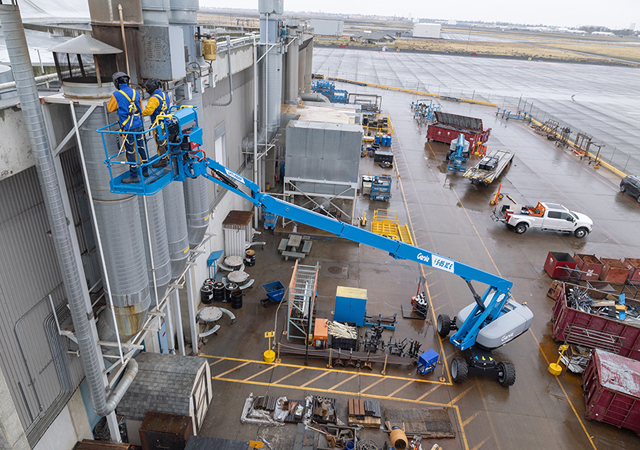

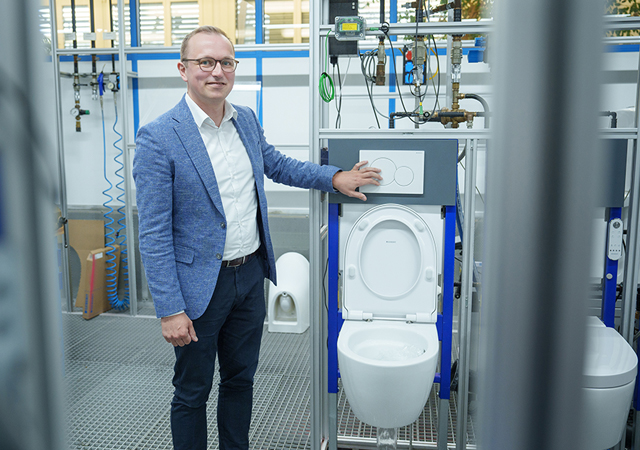

 Doka.jpg)



